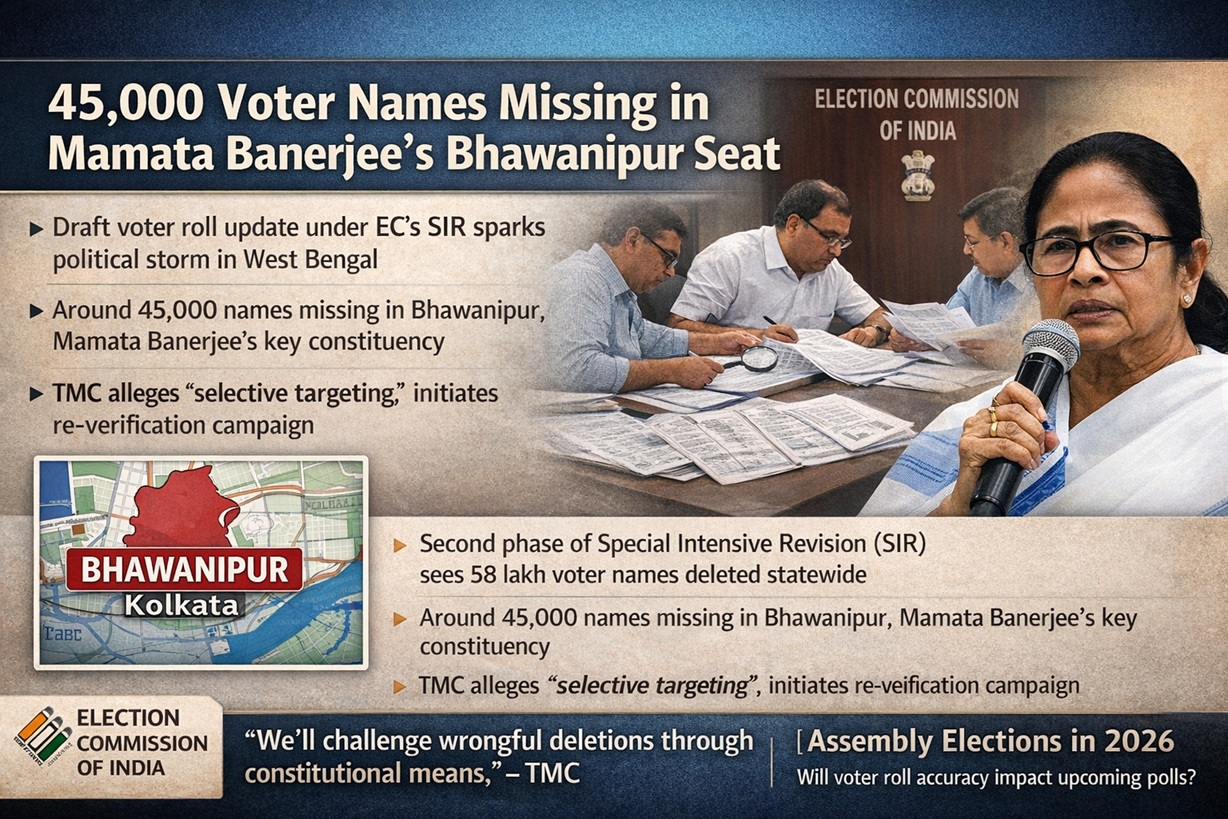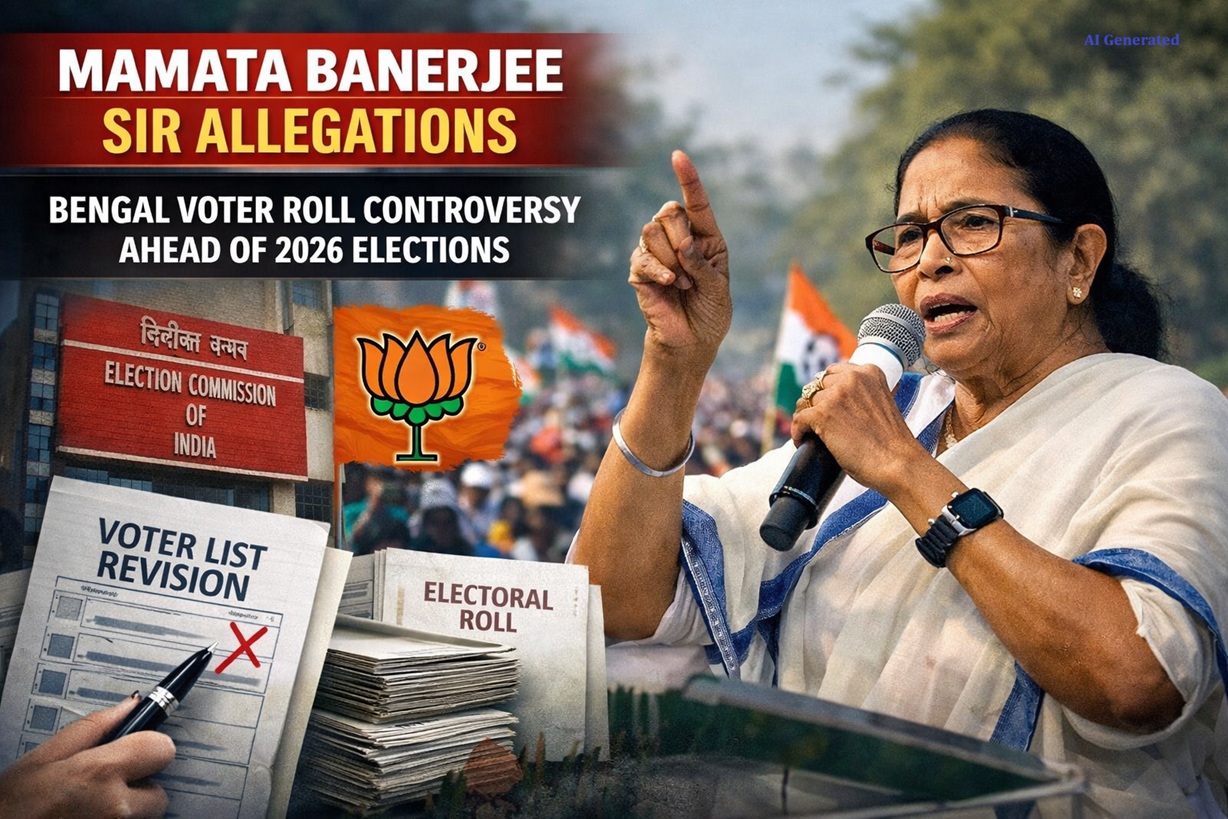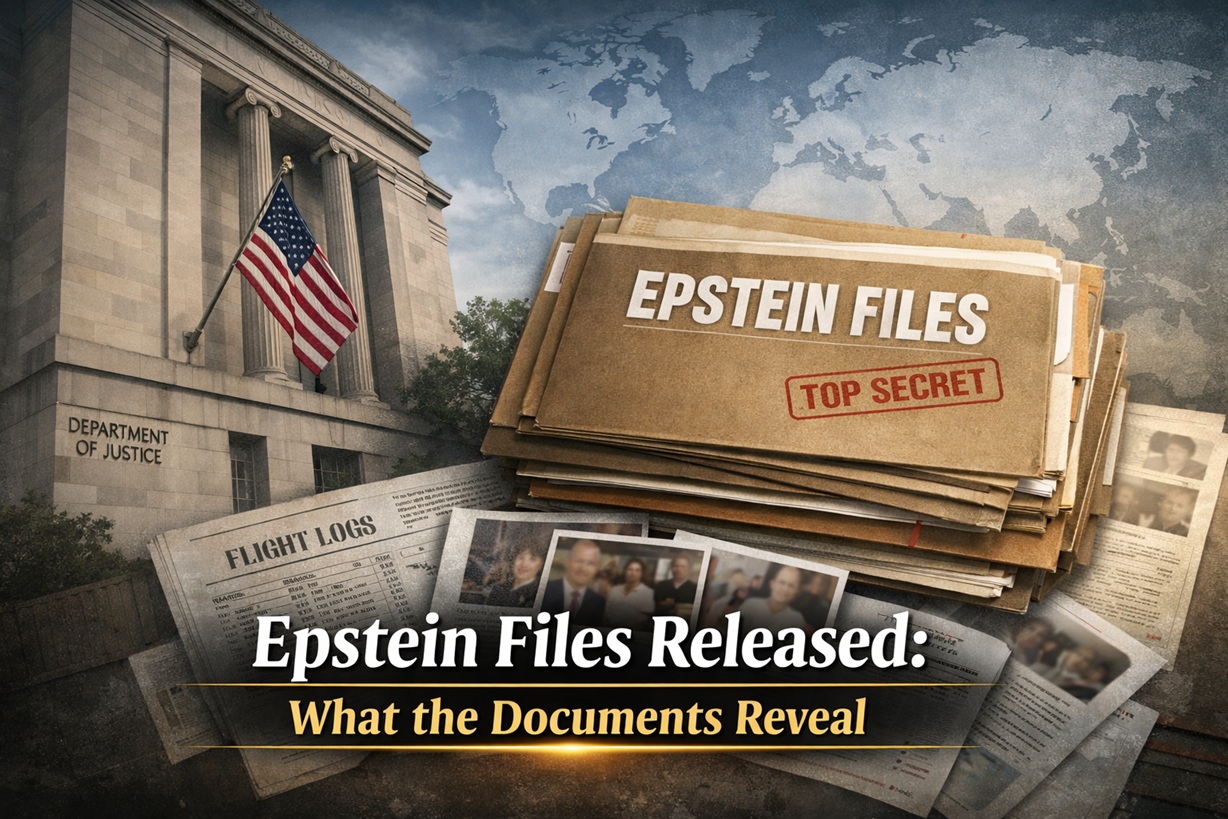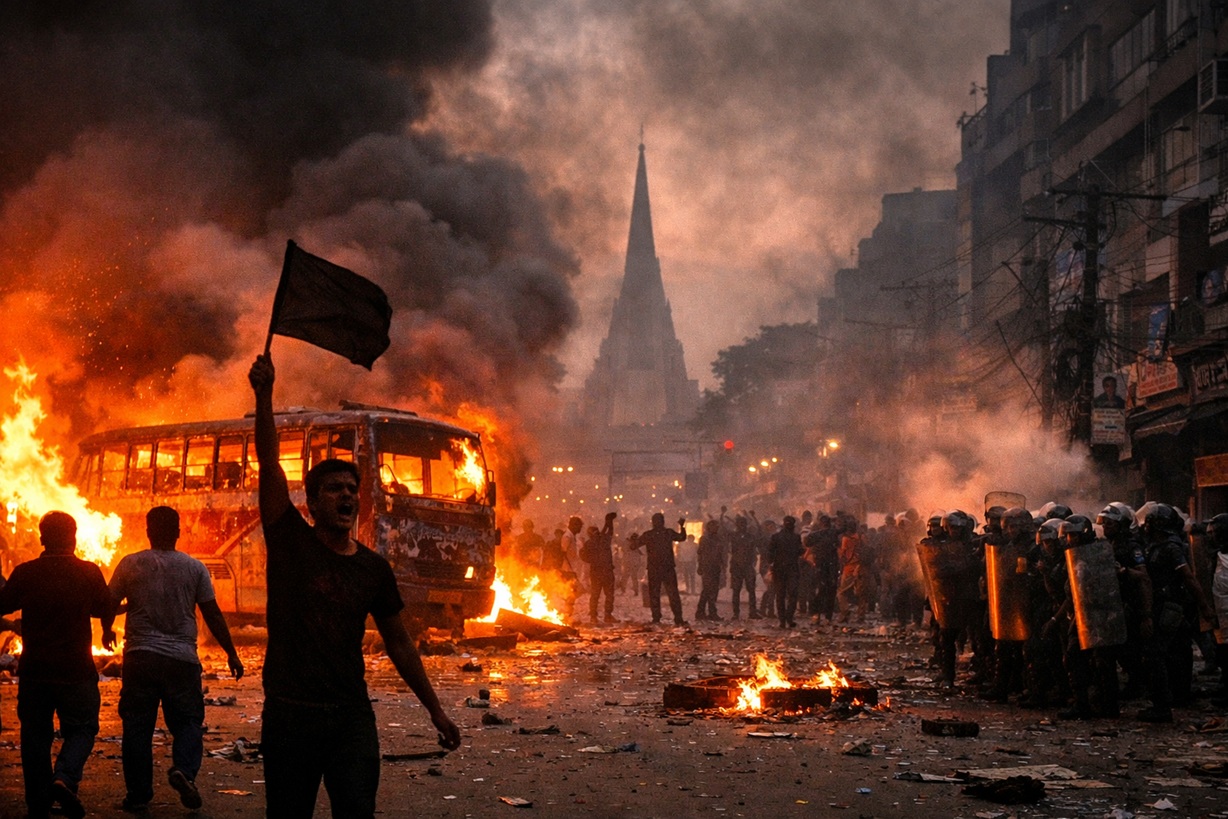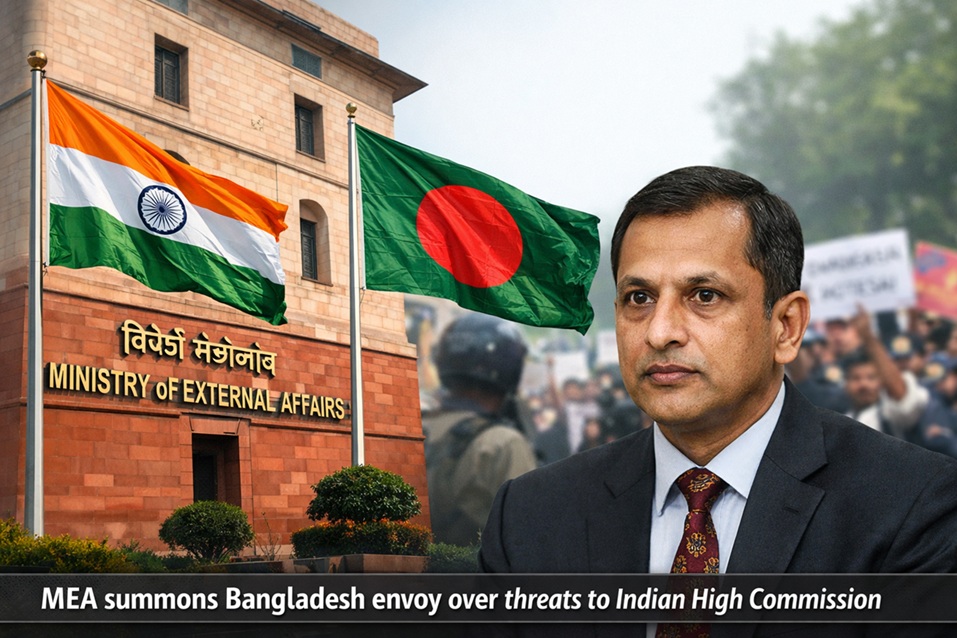The Congress party, one of India’s oldest political institutions, is witnessing a pivotal shift. While Mallikarjun Kharge took on the presidency as a non-Gandhi leader in an attempt to decentralize power and introduce diversity in party leadership, Rahul Gandhi appears to be quietly reclaiming control. This shift is rumored to involve a series of key replacements in Congress’s leadership and media divisions, potentially signaling a new chapter in the party’s internal structure and external strategy.
Background: Following a period of introspection after successive electoral losses, Congress aimed to modernize and broaden its leadership base by electing Mallikarjun Kharge as the first non-Gandhi president in decades. The choice initially appeared to signify an attempt to reduce the party’s dependency on the Gandhi family. However, over time, it has become increasingly clear that Rahul Gandhi continues to wield significant influence.
Rahul Gandhi’s Resurgence: Rahul Gandhi’s influence is reportedly now more pronounced, as he has taken an active role in decision-making and approvals traditionally reserved for the party president. Reports indicate that Rahul is personally overseeing the selection of party spokespersons and has insisted on reviewing detailed profiles for each candidate. This level of involvement from Rahul suggests that he is not only asserting authority but also emphasizing a need for a more scrutinized and controlled public-facing strategy.
Impending Changes in Key Positions:
Pawan Khera and Jairam Ramesh’s Positions in Question: Speculations are high that Pawan Khera, Congress’s media head, and Jairam Ramesh, the General Secretary of Media, may be replaced. Their current roles and tactics have reportedly stirred controversy within Congress, with some party members criticizing their confrontational media appearances, which they believe have alienated potential voters rather than attracting support.
KC Venugopal and South India’s Representation: KC Venugopal, another high-ranking leader from South India, has also come under scrutiny. The notion within certain circles of Congress is that southern leaders like Venugopal, Ramesh, and Kharge, while influential, are less connected with regions where Congress needs stronger grassroots engagement, such as North, Northeast, and Western India. The push to replace these leaders is seen by some as an attempt to bring in individuals who can resonate more with these regions.
Delayed Media Panelist List: For months, Congress’s finalized list of media representatives has reportedly been stalled at Rahul Gandhi’s desk. Rahul’s insistence on a thorough vetting process, including brief biographies and social media profiles of each potential spokesperson, has slowed down its release. This delay is believed to be part of a broader strategy by Rahul and his close advisors to regain control over Congress’s media narrative and restore public faith in the party.
Underlying Motivations for Change: This series of shifts is reportedly not only about reshuffling roles but also reflects an effort by Rahul Gandhi to address and redirect responsibility for the party’s setbacks in recent elections. By positioning new leaders, Rahul and his advisors may be setting up a framework where the burden of electoral failures can be shouldered by those who led key areas within Congress. The party’s disappointing performance in some southern states may have only strengthened the call for fresh faces and strategies.
The Challenge of Restoring Public Perception: Rahul Gandhi’s recent actions suggest a desire to refine the Congress’s media image and public discourse, which has faced scrutiny. For months, party insiders have expressed concerns over spokespersons whose aggressive rhetoric, they claim, has not resonated positively with voters. This new push from Rahul appears to focus on reintroducing Congress representatives who can navigate the media more strategically, engage constructively, and project a more unified message.
Implications for the Congress Party’s Future:
Potential Strain on Internal Unity: Replacing longstanding members and reassigning roles may lead to factional tensions within Congress. While these moves are intended to revitalize the party, they risk alienating members who feel marginalized or overlooked by the changes. Balancing these shifts with maintaining internal unity will be a critical challenge.
Revitalization of Congress’s Image: If Rahul’s hands-on approach proves successful, it could rejuvenate Congress’s image, especially if the new media representatives manage to connect with voters across diverse demographics. A reinvigorated image could boost Congress’s appeal, especially in states where it has struggled.
Rahul Gandhi’s Leadership Position: While Rahul Gandhi has not officially resumed the presidency, his recent moves suggest he is already operating in a leadership capacity. His direct involvement in media appointments and strategic decisions could mark a de facto leadership return. If successful, it may set a precedent for future party direction under his unofficial guidance.
As Rahul Gandhi takes on a more proactive role in Congress’s internal operations, the party stands at a crossroads. These strategic shifts, if executed thoughtfully, have the potential to reshape Congress’s public perception, strengthen regional representation, and streamline its media narrative. However, the success of these moves depends on balancing new leadership dynamics with internal unity and cohesion. As Congress prepares for future elections, Rahul’s resurgence could either invigorate the party or deepen existing challenges, setting the stage for an uncertain yet pivotal period in the party’s storied history.
